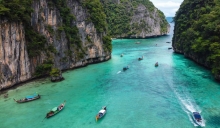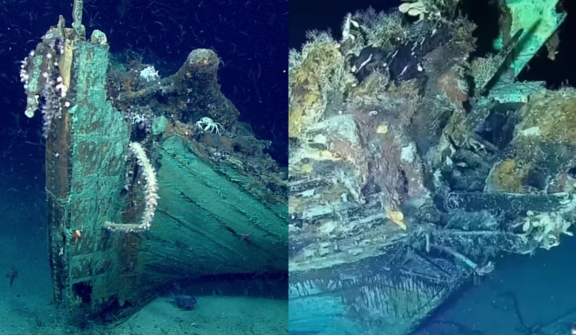
Recently, researchers have managed to retrieve a sunken ship that remained underwater for an astounding 316 years.
The ship called the San José, is estimated to be worth an astonishing $17 billion, making it one of the most valuable finds in the history of sea exploration.

Back in 1708, the San José, a Spanish ship, faced a devastating end during a battle with British warships.
Unfortunately, it sank near the Colombian coast, claiming the lives of 600 people and carrying a priceless collection of treasures with it.
The recovered shipwreck contains a wealth of treasures, including 200 tons of silver and emeralds, 11 million gold coins, and even intact Chinese dinnerware and porcelain pottery.
These valuable items were intended to serve The War of the Spanish Succession, a conflict that raged between 1701 and 1714.

However, for centuries, the ship and its precious cargo remained lost, shrouded in mystery beneath the ocean's depths.
Former Colombian President Juan Manuel Santos hailed it as the most valuable treasure ever found in human history.
Despite the immense value of the shipwreck, it remained untouched, with Colombian officials ensuring its preservation and protection against external interference.
Now, nearly a decade later, the Colombian government has announced a substantial investment of 17,962 million pesos (equivalent to $1,073,646) towards the recovery process, set to commence in April.
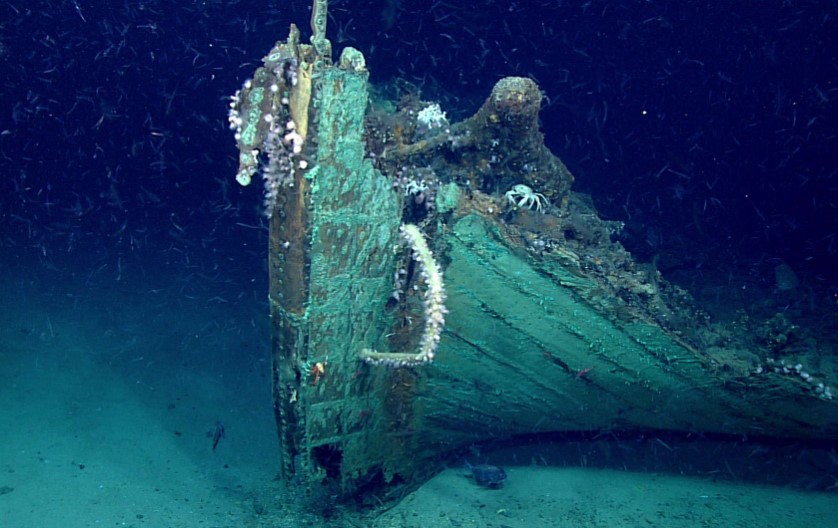
This joint effort involves the Ministry of Cultures, Arts, and Knowledge, the National Navy's General Maritime Directorate, and the Colombian Institute of Anthropology and History.
What makes this recovery operation truly groundbreaking is the comprehensive public management approach adopted by the Colombian government.
The ship and its associated archaeological site will be treated as cultural assets of immense importance, safeguarded by regulations and a public mission.
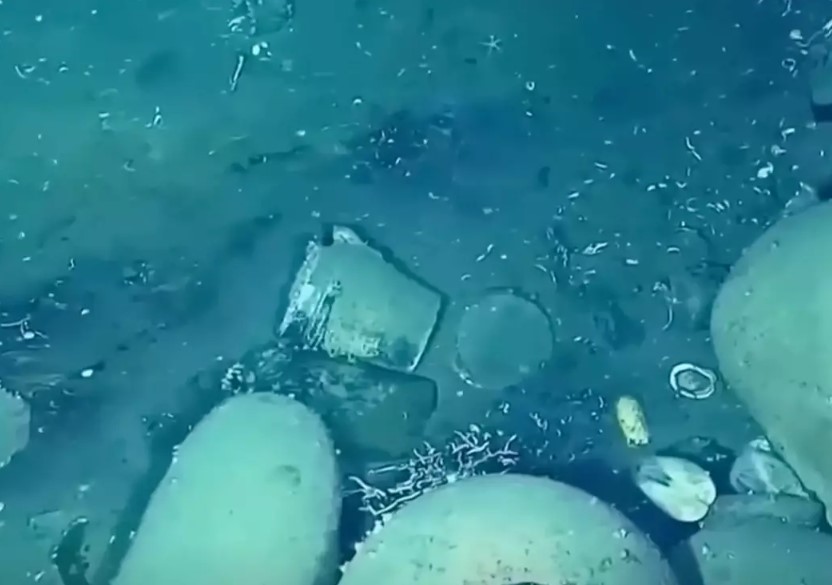
To support the recovery efforts, the team plans to utilize an underwater robot.
This advanced technology will extract select items from the ship's surface, providing invaluable insight into their condition after centuries underwater.
Colombia, Spain, Bolivian Indigenous communities, and even an American salvage company have all claimed ownership rights.
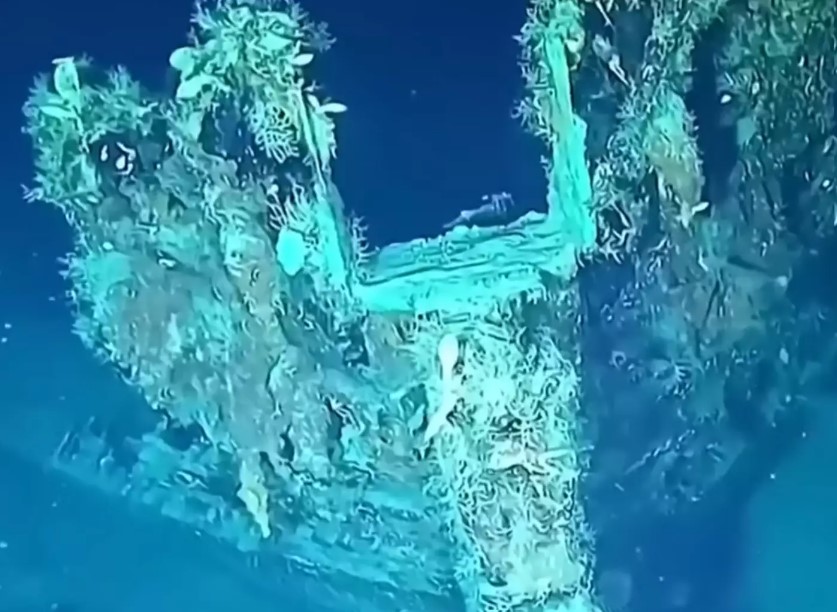
In 2018, UNESCO stepped in when Colombia tried to auction off some of the treasures to cover the recovery expenses.
Finally, in May 2022, a decision was reached to safeguard this priceless cultural heritage as a nationally significant protected archaeological site.

